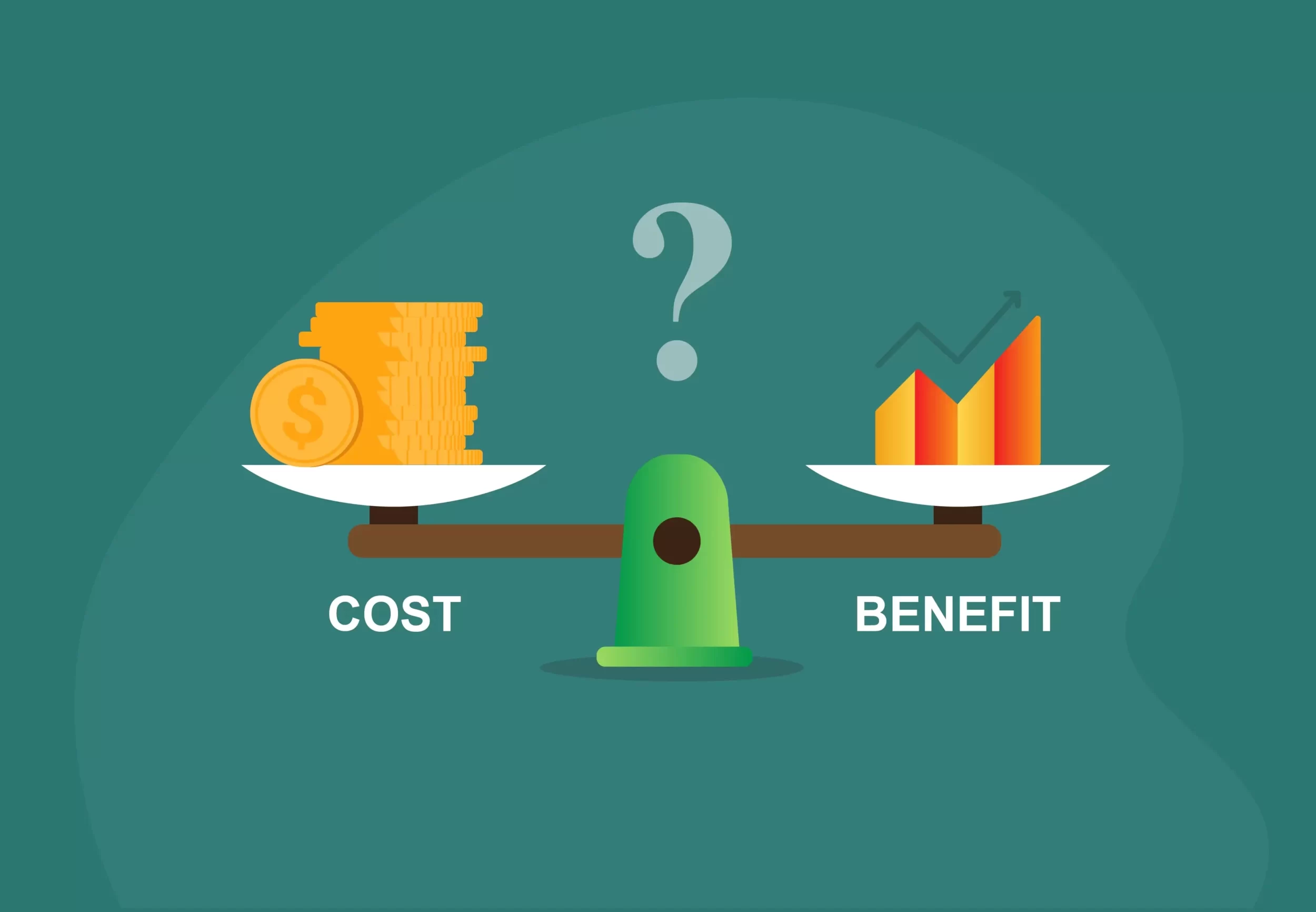Evaluating the Cost-Benefit Analysis of Business Insurance
In the ever-evolving world of business, it’s crucial for entrepreneurs and established companies alike to safeguard their operations from unexpected setbacks. One powerful tool in the risk management arsenal is business insurance. However, determining whether the investment in business insurance is worth it can be a complex process. In this comprehensive guide, we’ll explore the intricacies of evaluating the cost-benefit analysis of business insurance. We’ll break down the key factors, considerations, and insights you need to make an informed decision to protect your business effectively.
Understanding the Basics of Business Insurance
Defining Business Insurance
Business insurance is a contractual agreement between a business and an insurance provider, wherein the business pays premiums in exchange for financial protection against specified risks. These risks can encompass a wide range of scenarios, from property damage to legal liabilities.
Legal Requirements and Industry Regulations
Before diving into the cost-benefit analysis, it’s essential to understand the legal requirements and industry regulations governing business insurance in your location and industry. Failure to comply with these regulations can result in fines and legal consequences.
Common Types of Business Insurance
Business insurance isn’t a one-size-fits-all solution. There are various types of coverage, each tailored to address specific risks. Some common types include General Liability Insurance, Property Insurance, Workers’ Compensation Insurance, and Professional Liability Insurance.
The Cost Factor: Premiums and Deductibles
How Premiums Are Calculated
The cost of business insurance largely depends on the type of coverage, the size of your business, industry risk factors, and location. Understanding how insurers calculate premiums is a crucial step in the cost-benefit analysis.
Deductibles: Your Out-of-Pocket Expenses
Deductibles are the amounts you must pay out of pocket before your insurance coverage kicks in. Choosing the right deductible amount can have a significant impact on your overall costs.
Benefits of Business Insurance
Protection Against Liability
One of the primary benefits of business insurance is protection against liability. This coverage shields your business from potential lawsuits and legal claims, which can otherwise lead to substantial financial losses.
Asset Safeguarding
Business insurance also serves as a shield for your physical assets, such as buildings, equipment, and inventory. Without this protection, the cost of replacing or repairing these assets can be financially crippling.
Employee Benefits
Your employees are an invaluable asset to your business. Insurance policies like Workers’ Compensation provide support to your employees in case of workplace injuries, enhancing their well-being and productivity.
Assessing Risk and Needs
Industry-Specific Considerations
Different industries face unique risks. Your evaluation must account for industry-specific factors, such as compliance requirements, safety regulations, and market volatility.
Identifying Vulnerabilities
Conducting a thorough risk assessment is a vital step. This involves identifying potential vulnerabilities in your business operations and understanding how insurance can mitigate these risks.
The Importance of a Risk Assessment
A comprehensive risk assessment serves as the foundation for your cost-benefit analysis. It helps you prioritize the types of coverage you need and the potential costs associated with each.
Types of Business Insurance Policies
General Liability Insurance
General Liability Insurance provides coverage for bodily injury, property damage, and personal and advertising injury claims. It’s a fundamental policy for most businesses.
Property Insurance
Property Insurance covers damage to your physical assets, including buildings, equipment, and inventory. It’s especially critical for businesses with a significant physical presence.
Workers’ Compensation Insurance
Workers’ Compensation Insurance is mandatory in most states and covers medical expenses and lost wages for employees who suffer work-related injuries or illnesses.
Professional Liability Insurance
Professional Liability Insurance, also known as Errors and Omissions Insurance, is essential for businesses that provide professional services. It protects against claims of negligence or inadequate work.
Cyber Insurance
Cyber Insurance has become increasingly vital in our digital age. It safeguards your business against data breaches, cyberattacks, and the associated financial fallout.
Comparing Insurance Providers
Independent Agents vs. Direct Insurers
When selecting an insurance provider, you have the option to work with independent agents or directly with insurance companies. Each approach has its advantages and drawbacks.
Analyzing Customer Reviews
Customer reviews can offer valuable insights into an insurance provider’s reputation, customer service, and claims handling. Always consider these when making your decision.
Customization and Tailored Solutions
The ability to customize your insurance coverage to meet your specific needs is a crucial factor in the cost-benefit analysis. Generic policies may not provide the protection you require.
Cost-Benefit Analysis: A Step-by-Step Approach
Identifying Potential Risks
Before diving into the financials, start by identifying potential risks specific to your business. This step lays the groundwork for understanding the importance of insurance coverage.
Calculating Total Costs
Determine the total cost of insurance premiums, deductibles, and any additional fees. This will give you a clear picture of the financial commitment involved.
Estimating Potential Savings
Consider potential cost savings through insurance coverage. This could include reduced legal expenses, protection of assets, and lower out-of-pocket expenses for employee injuries.
ROI Calculation
Calculating the return on investment (ROI) of your insurance policies is a key element in the cost-benefit analysis. It involves comparing the benefits gained from coverage to the overall costs.
Common Mistakes to Avoid
Underestimating Risks
One common mistake is underestimating the risks your business faces. Cutting corners on insurance can lead to severe financial repercussions down the road.
Over-Insuring
On the other hand, over-insuring can unnecessarily inflate your insurance costs. Finding the right balance is essential.
Neglecting Policy Fine Print
The fine print in insurance policies can contain critical details. Neglecting to thoroughly understand these terms can lead to misunderstandings and disputes.
When to Reevaluate Your Insurance Coverage
Business Growth or Contraction
As your business evolves, your insurance needs may change. Whether you’re growing or downsizing, regular reevaluation is necessary.
Regulatory Changes
Legal and regulatory requirements can shift over time. Staying compliant with these changes is vital to avoid penalties.
Major Life Events
Events such as mergers, acquisitions, or changes in leadership can significantly impact your risk profile and insurance requirements.
Legal and Ethical Considerations
Honesty and Transparency
Maintaining honesty and transparency in your insurance dealings is not only ethically responsible but also legally required.
Compliance with Regulations
Staying compliant with industry-specific and regional regulations is vital to avoid legal consequences.
Ethical Decision-Making
When it comes to insurance, ethical decision-making should guide your choices. Always prioritize your business’s integrity.
Expert Opinions and Industry Insights
Interviews with Insurance Professionals
Gaining insights from insurance experts and professionals can provide you with valuable perspectives and advice.
Trends and Emerging Risks
The insurance landscape is continually evolving. Staying informed about emerging risks and innovative solutions is essential.
The Role of Technology in Insurance Evaluation
Insurtech Innovations
Technological advancements in the insurance industry, often referred to as insurtech, are changing the way insurance is bought, sold, and managed.
Online Comparison Tools
Online tools and platforms can simplify the process of comparing insurance options and finding the best fit for your business.
The Human Element in Risk Management
Employee Training and Awareness
Your employees play a crucial role in risk management. Training and creating awareness about safety protocols are essential.
Crisis Management Strategies
Having a well-defined crisis management strategy in place can mitigate the impact of unforeseen events.
Customer Relations and Reputation
Insurance also plays a role in maintaining positive customer relations and protecting your business’s reputation.
The Future of Business Insurance

Predictive Analytics
The use of predictive analytics is transforming the insurance industry, allowing for more accurate risk assessments and tailored coverage.
Evolving Coverage Options
As businesses continue to adapt to changing landscapes, insurance providers are developing new coverage options to address emerging risks.
Conclusion
In evaluating the cost-benefit analysis of business insurance, it’s essential to approach the decision with a comprehensive understanding of the risks and benefits. While the upfront costs may seem daunting, the protection and peace of mind insurance provides are invaluable. The right coverage can mean the difference between business survival and financial devastation. Make an informed choice and safeguard your business for the future.
FAQs :
1. How can I determine the right amount of insurance coverage for my business?
Determining the right coverage amount involves assessing your specific risks and considering potential financial losses. Consult with insurance professionals to get personalized guidance.
2. Are there any tax benefits associated with business insurance?
In some cases, insurance premiums can be tax-deductible. However, it’s essential to consult with a tax professional to understand the tax implications in your situation.
3. What are some emerging risks that businesses should be aware of when evaluating insurance coverage?
Emerging risks can include cyber threats, natural disasters, and regulatory changes. Staying informed about these evolving risks is crucial in making informed insurance decisions.
4. How often should I review and update my business insurance coverage?
It’s advisable to review your insurance coverage annually and whenever your business undergoes significant changes, such as growth or restructuring.
5. What is the role of business insurance in protecting a small startup compared to a large corporation?
Business insurance is essential for both small startups and large corporations. However, the types and amounts of coverage may vary based on the specific risks and assets of each business.






